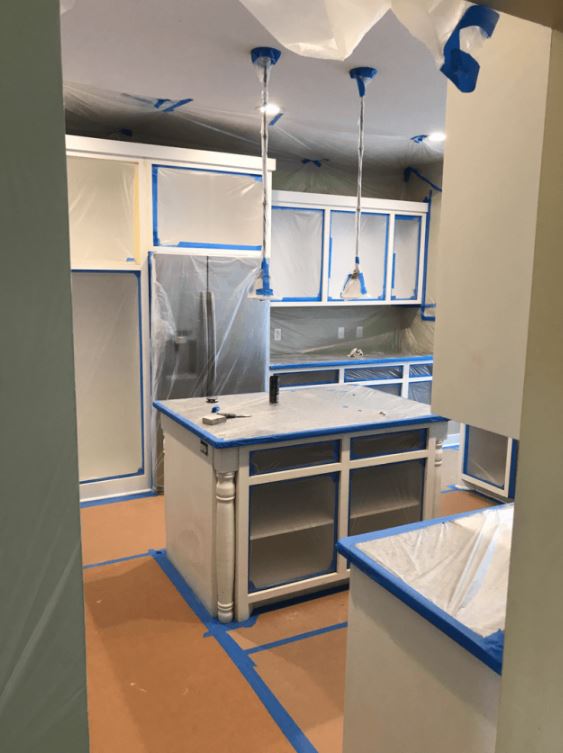There’s nothing like a fresh coat of paint to make a room feel brand new. But how many people feel comfortable and confident about painting their own house themselves? The practice can seem boring, time-consuming and complicated, but you don’t have to turn your head to go DIY.
Here are tips for painting to help you get started.

You might want to give your apartment a robust new look, or perhaps it’s because the walls look a little worse for wear, and it’s about time you’re doing some maintenance work. Whatever it may be, you can either do it on your own or seek help by contacting us at www.goldstandardpainting.com.
when it comes to painting walls. If you’re up to the challenge, here are some tips for painting walls yourself
1. Prep the area
This first of many tips for painting projects is critical if your ideal look is to be achieved. There is no point in giving a fresh coat of paint to your walls just to get color throughout the current decoration. Always clear the area and remove all furniture and appliances.First, either cover your floors with newspapers or a protective canvas pad. Tape over items to avoid paint splatter for power sockets and other items that cannot be removed.

2. Scrape Off Old Paint
Do NOT paint over old paint as tempting as it may be. Yeah, it’s a tedious process, but do you remember your parents ‘old axiom they used to drill into you? The one about doing it once and doing it well? I’m pretty sure that when they said it, they had wall painting in mind. You can’t overlook this part when going through the important tips for painting.
So, if it wasn’t clear: don’t paint on flaking old paint! Pick up the scraper and remove the flaking pieces, no matter how long it takes, if you have walls that peel paint. This will prevent the flaking of the newer paint coats.
3. Fill in Holes and Cracks
Filling in holes and gaps in the wall, apart from scratching off old paint, helps to ensure a smooth, durable surface for your new paint coat. To patch any noticeable gaps and cracks, use a filler and a filling knife, or scraper. It may be necessary to fill deeper holes more than once. End by sanding the filled areas flat to allow even application of the new paint coat. You will be thankful this is one of the tips for painting.
4. Clean the Walls
Vacuum up the debris after the walls have been sanded. Wipe the walls with a cloth, and a detergent is also good. Repeat the wiping procedure with clean water. It removes the oil and dirt from the walls and makes painting easier.
5. Prime Darker Walls
If you are painting with a lighter color on a darker wall, use a primer. A primer is a light coat of paint that preserved color well. It may take multiple coats of paint to cover a dark-colored wall. It is more cost-effective to use a primer than to immediately cover the wall with a light-colored paint. If after your first layer of primer has dried you can still see the original wall paint, add another primer coat.
6. Let it Dry
Last but not least, among the tips for painting is to apply two new paint coats to achieve a smooth finish. Before adding another layer, it is necessary to let each coat dry thoroughly first. Insufficient drying time may result in poor color pay-off and may not conceal the darker-colored wall properly from the primer. Look to the paint for instructions for drying time. Wait at least two hours before adding the next coat to play it safely.
These were the essential elements of how to paint correctly on a painted wall. You should be better prepared to tackle this DIY feat by the time you read this. Good luck and enjoy it!
With these easy to follow tips for painting, are you still not excited to give your room a fresh new
look? If not, visit us at www.GoldStandardPainting.com .
